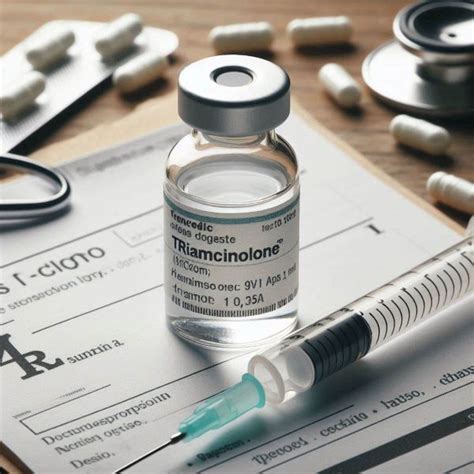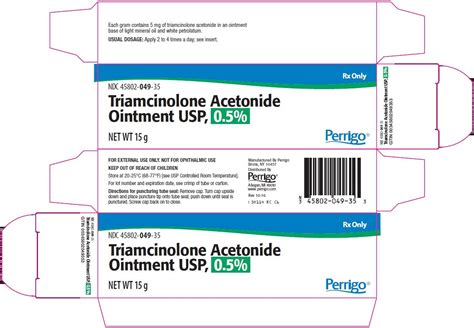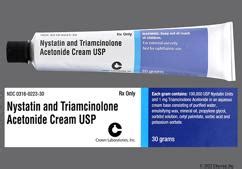Intro
Discover what Triamcinolone is, a corticosteroid used to treat inflammation, allergic reactions, and skin conditions, with applications in dermatology, respiratory issues, and more.
Triamcinolone is a synthetic corticosteroid used to treat various inflammatory conditions, including skin disorders, allergies, and respiratory issues. It belongs to the class of medications known as glucocorticoids, which are designed to mimic the effects of the hormone cortisol produced by the adrenal gland. Triamcinolone is available in various forms, including creams, ointments, lotions, injections, and oral tablets, allowing it to be tailored to the specific needs of different patients and conditions.
The importance of triamcinolone lies in its ability to reduce inflammation, suppress the immune system, and relieve symptoms such as redness, itching, and swelling. This makes it a valuable treatment option for a range of conditions, from mild skin irritations to more severe autoimmune diseases. Understanding how triamcinolone works, its benefits, and its potential side effects is crucial for patients who are considering or already using this medication.
Triamcinolone's mechanism of action involves the suppression of the immune system's response to inflammation. When applied topically or injected into a joint, it can reduce the production of inflammatory chemicals and prevent the migration of white blood cells to the affected area, thereby decreasing swelling and pain. Systemically, triamcinolone can affect the body's overall immune response, making it useful for treating conditions that involve an overactive immune system.
Benefits of Triamcinolone

Forms of Triamcinolone
Triamcinolone is available in several forms, each designed for specific uses. Topical preparations, such as creams and ointments, are used for skin conditions, while injectable forms are used for joint and soft tissue injections. Oral triamcinolone is less common due to the potential for systemic side effects but can be used in certain cases. The choice of form depends on the condition being treated, the severity of symptoms, and patient-specific factors.Working Mechanism of Triamcinolone

Steps for Using Triamcinolone
Using triamcinolone effectively requires following a few important steps: - Always use the medication as directed by your healthcare provider. - For topical forms, apply a thin layer to the affected area and gently rub it in. - For injectable forms, these should only be administered by a healthcare professional. - Monitor your symptoms and report any changes or side effects to your healthcare provider.Benefits and Risks of Triamcinolone

Practical Examples and Statistical Data
Practical examples of triamcinolone's effectiveness can be seen in its widespread use for conditions like eczema and psoriasis. Statistical data show significant improvements in symptoms and quality of life for patients treated with triamcinolone compared to placebo. For instance, studies have demonstrated that topical triamcinolone can reduce the severity of eczema symptoms in up to 80% of patients.SEO Optimization for Triamcinolone

Keyword Density and Readability
Maintaining a keyword density of 1-2% without keyword stuffing is crucial for SEO. This means using the target keywords naturally throughout the content without overusing them. Additionally, short paragraphs and proper formatting, such as bullet points and numbered lists, can enhance readability and make the content more engaging for readers.Encouraging Engagement

Call to Action
If you or someone you know is using triamcinolone, consider discussing your treatment plan with a healthcare provider to ensure you're getting the most out of your medication while minimizing risks. By staying informed and engaged, patients can play an active role in their healthcare and make the most of the benefits that triamcinolone has to offer.FAQs

What is triamcinolone used for?
+Triamcinolone is used to treat various inflammatory conditions, including skin disorders, allergies, and respiratory issues.
How does triamcinolone work?
+Triamcinolone works by suppressing the immune system's response to inflammation, reducing the production of inflammatory chemicals and preventing the migration of white blood cells to the affected area.
What are the potential side effects of triamcinolone?
+Potential side effects include thinning of the skin, changes in skin color, increased risk of infections, osteoporosis, glaucoma, and adrenal suppression.
Final Thoughts

